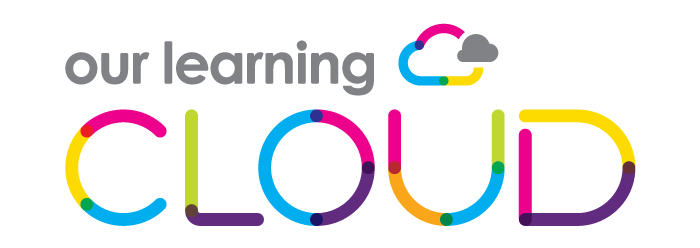Artificial Intelligence has quickly and largely arrived in education, whether schools feel ready or not. From lesson-planning tools and data analysis to automated communications and admin support, AI promises to lighten workloads and unlock creativity.
But for many schools and trusts, the biggest challenge isn’t what AI can do, it’s how to introduce it meaningfully, safely, and sustainably.
The Real Barrier: Confidence, Not Curiosity
Across the sector, leaders and teachers are curious about AI’s potential, but unsure where to start. Questions around data privacy, accuracy, and ethics dominate the conversation and rightly so. But often, it’s not fear that holds schools back, it’s a lack of clarity and confidence.
–What tools are appropriate for classroom use?
-How do we set policies when the technology moves faster than guidance?
-Who leads AI development in a trust — IT, teaching, or both?
The answers won’t come from downloading the latest tool. They come from building a shared understanding, a culture where innovation feels safe, supported, and aligned with a school’s values.
From Exploration to Strategy
AI adoption in education shouldn’t begin with technology. It should begin with purpose. Schools that use AI well start by identifying specific problems, not chasing generic solutions.
-How can we reduce administrative load so teachers can focus on teaching?
-Can we use AI to improve communication, planning, or resource creation?
-Where might automation save time without losing the human touch?
The best starting point is small, focused pilots, paired with reflection and staff feedback. Success grows from evidence, not enthusiasm.
Policy, Training, and Trust
AI readiness is as much about people and policy as it is about systems. Every school or trust exploring AI should be asking:
-Do we have a clear AI policy that outlines expectations for both staff and students?
-Are staff equipped to understand, evaluate, and challenge AI outputs?
-How will we manage data security and ethical considerations in daily use?
Professional learning and governance must grow alongside experimentation. A confident workforce is one that can question technology, not just use it.
The Next Step for MATs
For Multi-Academy Trusts, AI brings both opportunity and complexity. Different schools within a trust may be at very different stages of digital maturity, some experimenting, others still building the foundations.
The role of the trust, then, is not to enforce uniformity but to enable safe innovation: providing guidance, frameworks, and shared learning that reduce risk while encouraging creativity.
This is how AI adoption becomes sustainable, not a flurry of disconnected pilots, but a coordinated evolution.
Where We Fit
At Our Learning Cloud, we help schools and trusts move from digital uncertainty to clarity.
That means:
-Helping leadership teams map where AI could genuinely add value
-Supporting policy development that balances innovation with responsibility
-Providing training that builds digital confidence, not dependence
-Embedding change through a sustainable digital transformation model
AI has incredible potential, but only when schools feel equipped to use it their way, in their context, and at their pace.
Because in education, technology is never the story. People are.

